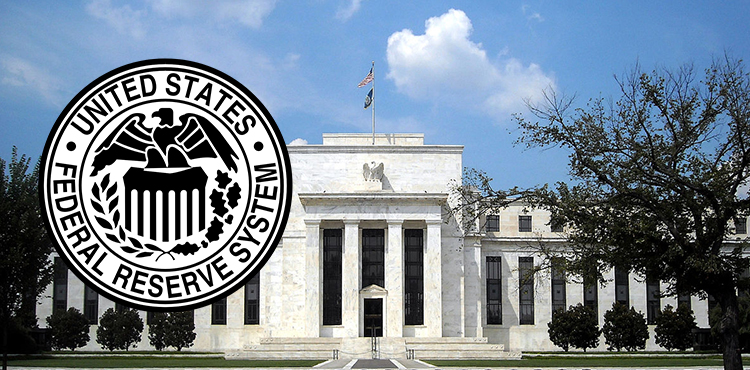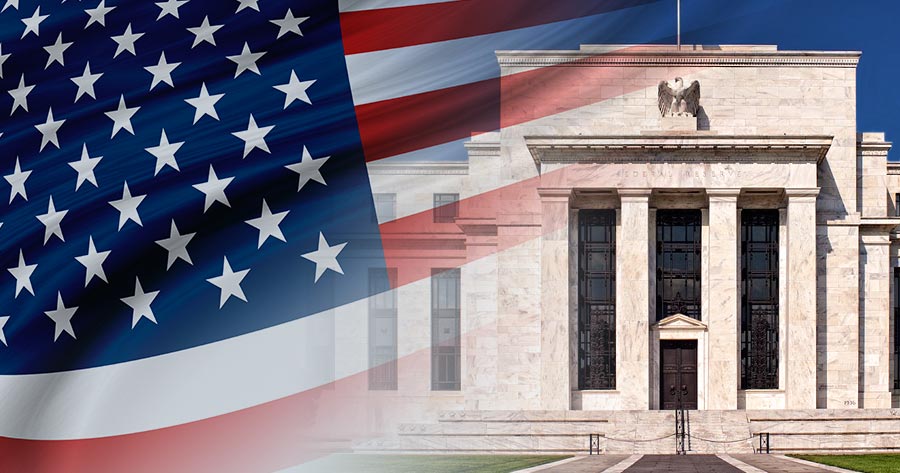Federal Reserve officials largely agreed on the need for additional interest rate reductions for September and the remainder of this year, according to minutes from last month’s policy meeting released Wednesday, though disagreement persisted regarding how many cuts should occur.
The minutes revealed that a majority of policymakers perceived heightened risks of rising unemployment since July, while concerns about inflation either lessened or remained stable. Reflecting this view, the Fed opted to lower its benchmark interest rate by 25 basis points during the September 16–17 gathering—the central bank’s first rate reduction this year.
Cuts to the Fed’s key rate can gradually make borrowing cheaper for consumers and businesses, spurring greater spending and potentially supporting job growth.
Despite consensus for the recent cut, the minutes highlighted a significant split among the Federal Open Market Committee’s 19 members. Some policymakers cited elevated inflation as justification for a cautious approach to further easing, noting it still exceeds the Fed’s 2% target. Others argued that maintaining higher rates could unduly restrain economic activity.
The only official to dissent from the quarter-point cut was Stephen Miran. Appointed by President Donald Trump and confirmed by the Senate just prior to the meeting, Miran advocated for a deeper half-point reduction, according to the minutes.
The document offers a rare look at how central bankers assessed inflation, interest rates, and labor market dynamics last month. However, since the meeting, an ongoing federal government shutdown has disrupted the flow of key economic data, including last Friday’s jobs report and next week’s scheduled inflation release, an impairment that could further complicate Fed decision-making.




